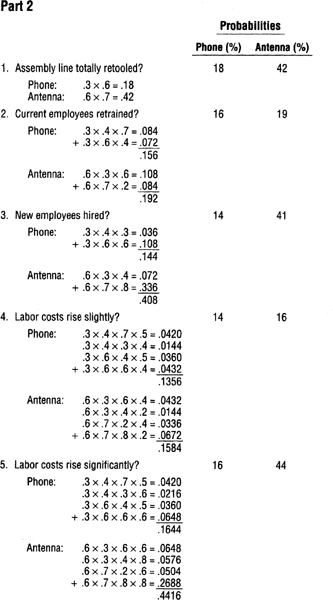Solutions to Exercises
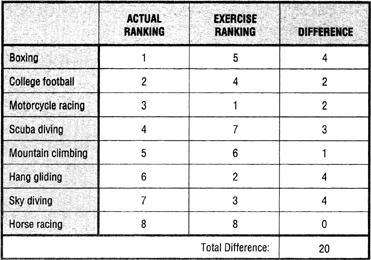
EXERCISE 2
Sample Grading Matrix for Ranking Sports Risks
Step 1: Enter an individual or group ranking under EXERCISE RANKING.
Step 2: Calculate the arithmetic difference between EXERCISE RANKING and ACTUAL RANKING.
Step 3: Add the differences and enter the total at the bottom.
The ranking with the lowest TOTAL DIFFERENCE is the most accurate.
EXERCISE 7
Part 1
 Establish separate periods (hours, days of the week, months of the year) when each of the three groups—pedestrians, bikers, and Rollerbladers—has exclusive use of the trail.
Establish separate periods (hours, days of the week, months of the year) when each of the three groups—pedestrians, bikers, and Rollerbladers—has exclusive use of the trail.
 Restrict certain sections of the trail to only one of the three groups of users.
Restrict certain sections of the trail to only one of the three groups of users.
 Rotate among the groups the times when they have exclusive use of certain sections.
Rotate among the groups the times when they have exclusive use of certain sections.
 Prohibit pedestrians during weekday rush hours (allow only bikers and Rollerbladers).
Prohibit pedestrians during weekday rush hours (allow only bikers and Rollerbladers).
 Arrest, fine, and jail tack throwers.
Arrest, fine, and jail tack throwers.
 Punish tack throwers by making them clean the trail daily for one month.
Punish tack throwers by making them clean the trail daily for one month.
 Publicize the identities of tack throwers.
Publicize the identities of tack throwers.
 Publicly recommend that users of the trail carry cameras to photograph violators of common courtesy.
Publicly recommend that users of the trail carry cameras to photograph violators of common courtesy.
 Publicize offenders’ photographs with names and addresses.
Publicize offenders’ photographs with names and addresses.
 Widen the trail, fencing off lanes for each group to use.
Widen the trail, fencing off lanes for each group to use.
 Construct a new asphalt-covered trail parallel to the old one and designed exclusively for bikers and Rollerbladers.
Construct a new asphalt-covered trail parallel to the old one and designed exclusively for bikers and Rollerbladers.
 Post guards along the trail to enforce courtesy and safety, arbitrate disagreements, and apprehend offenders.
Post guards along the trail to enforce courtesy and safety, arbitrate disagreements, and apprehend offenders.
 Post large but attractive signs publicizing the “Rules of the Trail.”
Post large but attractive signs publicizing the “Rules of the Trail.”
 Establish a volunteers’ action group that, working with the National Park Service, would study the problem, recommend corrective measures, and monitor the situation.
Establish a volunteers’ action group that, working with the National Park Service, would study the problem, recommend corrective measures, and monitor the situation.
 Place brooms and waste cans along the trail for people to use to remove tacks.
Place brooms and waste cans along the trail for people to use to remove tacks.
 Install video cameras at the most contested stretches of the trail, monitor the cameras at National Park Service headquarters, and direct National Park Police to preserve order where needed.
Install video cameras at the most contested stretches of the trail, monitor the cameras at National Park Service headquarters, and direct National Park Police to preserve order where needed.
 Use the video cameras to apprehend tack throwers.
Use the video cameras to apprehend tack throwers.
 Establish speed limits for bikers and Rollerbladers.
Establish speed limits for bikers and Rollerbladers.
 Install radar (monitored at National Park Service headquarters) along the trail to detect, identify, and apprehend speed violators.
Install radar (monitored at National Park Service headquarters) along the trail to detect, identify, and apprehend speed violators.
 Prohibit Rollerbladers altogether.
Prohibit Rollerbladers altogether.
 Appeal on TV and radio for common courtesy on the trail.
Appeal on TV and radio for common courtesy on the trail.
 Put articles into the local newspapers about incidents and appeal for common courtesy.
Put articles into the local newspapers about incidents and appeal for common courtesy.
 Install special barriers and texturing of the asphalt at intervals on the trail to discourage Rollerblading.
Install special barriers and texturing of the asphalt at intervals on the trail to discourage Rollerblading.
 Drive motorized “tack sweepers” along the trail several times a day every day.
Drive motorized “tack sweepers” along the trail several times a day every day.
 Control access to the trail by fencing it and putting gates manned by National Park Police at all access points.
Control access to the trail by fencing it and putting gates manned by National Park Police at all access points.
 Let pedestrians carry spiked wooden bats for striking offenders.
Let pedestrians carry spiked wooden bats for striking offenders.
 Let pedestrians shoot offenders with paint guns.
Let pedestrians shoot offenders with paint guns.
 Have the president of the United States make a public appeal for courtesy and safety on the trail.
Have the president of the United States make a public appeal for courtesy and safety on the trail.
 Have the governor of Virginia make a public appeal for courtesy and safety on the trail.
Have the governor of Virginia make a public appeal for courtesy and safety on the trail.
 Post humorous signs along the trail to raise users’ consciousness of the problem and appeal for their cooperation.
Post humorous signs along the trail to raise users’ consciousness of the problem and appeal for their cooperation.
 Permanently restrict use of the trail at any time to only one of the three contending groups.
Permanently restrict use of the trail at any time to only one of the three contending groups.
Part 2
Rules and Regulations
 Establish separate periods (hours, days of the week, months of the year) when each of the three groups—pedestrians, bikers, and Rollerbladers—has exclusive use of the trail.
Establish separate periods (hours, days of the week, months of the year) when each of the three groups—pedestrians, bikers, and Rollerbladers—has exclusive use of the trail.
 Restrict certain sections of the trail to only one of the three groups of users.
Restrict certain sections of the trail to only one of the three groups of users.
 Rotate among the groups the times when they have exclusive use of certain sections.
Rotate among the groups the times when they have exclusive use of certain sections.
 Prohibit pedestrians during weekday rush hours (allow only bikers and Rollerbladers).
Prohibit pedestrians during weekday rush hours (allow only bikers and Rollerbladers).
 Establish a volunteers’ action group that, working with the National Park Service, would study the problem, recommend corrective measures, and monitor the situation.
Establish a volunteers’ action group that, working with the National Park Service, would study the problem, recommend corrective measures, and monitor the situation.
 Prohibit Rollerbladers altogether.
Prohibit Rollerbladers altogether.
 Establish speed limits for bikers and Rollerbladers.
Establish speed limits for bikers and Rollerbladers.
 Permanently restrict use of the trail at any time to only one of the three contending groups.
Permanently restrict use of the trail at any time to only one of the three contending groups.
Punish Offenders
 Arrest, fine, and jail tack throwers.
Arrest, fine, and jail tack throwers.
 Punish tack throwers by making them clean the trail daily for one month.
Punish tack throwers by making them clean the trail daily for one month.
 Publicize the identities of tack throwers.
Publicize the identities of tack throwers.
 Publicly recommend that users of the trail carry cameras to photograph violators of common courtesy.
Publicly recommend that users of the trail carry cameras to photograph violators of common courtesy.
 Publicize offenders’ photographs with names and addresses.
Publicize offenders’ photographs with names and addresses.
Physical Construction
 Widen the trail, fencing off lanes for each group to use.
Widen the trail, fencing off lanes for each group to use.
 Construct a new asphalt-covered trail parallel to the old one and designed exclusively for bikers and Rollerbladers.
Construct a new asphalt-covered trail parallel to the old one and designed exclusively for bikers and Rollerbladers.
 Install video cameras at the most contested stretches of the trail.
Install video cameras at the most contested stretches of the trail.
 Install radar (monitored at National Park Service headquarters) along the trail to detect, identify, and apprehend speed violators.
Install radar (monitored at National Park Service headquarters) along the trail to detect, identify, and apprehend speed violators.
 Install special barriers and texturing of the asphalt at intervals on the trail to discourage Rollerblading.
Install special barriers and texturing of the asphalt at intervals on the trail to discourage Rollerblading.
 Control access to the trail by fencing it and putting gates manned by National Park Police at all access points.
Control access to the trail by fencing it and putting gates manned by National Park Police at all access points.
Enforcement
 Post guards along the trail to enforce courtesy and safety, arbitrate disagreements, and apprehend offenders.
Post guards along the trail to enforce courtesy and safety, arbitrate disagreements, and apprehend offenders.
 Install video cameras at the most contested stretches of the trail, monitor the cameras at the National Park Service headquarters, and direct National Park Police to preserve order where needed.
Install video cameras at the most contested stretches of the trail, monitor the cameras at the National Park Service headquarters, and direct National Park Police to preserve order where needed.
 Use the video cameras to apprehend tack throwers.
Use the video cameras to apprehend tack throwers.
 Install radar (monitored at National Park Service headquarters) along the trail to detect, identify, and apprehend speed violators.
Install radar (monitored at National Park Service headquarters) along the trail to detect, identify, and apprehend speed violators.
Clean Up Tacks
 Place brooms and waste cans along the trail for people to use to remove tacks.
Place brooms and waste cans along the trail for people to use to remove tacks.
 Drive motorized “tack sweepers” along the trail several times a day every day.
Drive motorized “tack sweepers” along the trail several times a day every day.
Promote Courtesy and Safety
 Post large but attractive signs publicizing the “Rules of the Trail.”
Post large but attractive signs publicizing the “Rules of the Trail.”
 Appeal on TV and radio for common courtesy on the trail.
Appeal on TV and radio for common courtesy on the trail.
 Put articles into the local newspapers about incidents and appeal for common courtesy.
Put articles into the local newspapers about incidents and appeal for common courtesy.
 Post humorous signs along the trail to raise users’ consciousness of the problem and appeal for their cooperation.
Post humorous signs along the trail to raise users’ consciousness of the problem and appeal for their cooperation.
[Delete as Impractical]
 [Let pedestrians carry spiked wooden bats for striking offenders.]
[Let pedestrians carry spiked wooden bats for striking offenders.]
 [Let pedestrians shoot offenders with paint guns.]
[Let pedestrians shoot offenders with paint guns.]
 [Have the president of the United States make a public appeal for courtesy and safety on the trail.]
[Have the president of the United States make a public appeal for courtesy and safety on the trail.]
 [Have the governor of Virginia make a public appeal for courtesy and safety on the trail.]
[Have the governor of Virginia make a public appeal for courtesy and safety on the trail.]
Part 3: Program of Corrective Measures
Short-Term Measures
 Establish a four-member citizens’ advisory group, made up of a representative from each of the three competing groups and the National Park Service, that, working with the NPS, would study the problems, recommend remedial measures, and monitor the situation.
Establish a four-member citizens’ advisory group, made up of a representative from each of the three competing groups and the National Park Service, that, working with the NPS, would study the problems, recommend remedial measures, and monitor the situation.
 Run articles in local newspapers about incidents and appeal for common courtesy.
Run articles in local newspapers about incidents and appeal for common courtesy.
 Establish certain hours and days of the week when each of the three groups—pedestrians, bikers, and Rollerbladers—has exclusive use of the trail (e.g., Monday, Wednesday, and Friday, 9:00 A.M.-12:00 P.M., bikers only; Tuesday and Thursday, 9:00 A.M.-12-.00 P.M., Rollerbladers only).
Establish certain hours and days of the week when each of the three groups—pedestrians, bikers, and Rollerbladers—has exclusive use of the trail (e.g., Monday, Wednesday, and Friday, 9:00 A.M.-12:00 P.M., bikers only; Tuesday and Thursday, 9:00 A.M.-12-.00 P.M., Rollerbladers only).
 Prohibit pedestrian use during weekday rush hours (6:30-9:00 A.M. and 4:00-6:30 P.M.).
Prohibit pedestrian use during weekday rush hours (6:30-9:00 A.M. and 4:00-6:30 P.M.).
 Publicly recommend that users of the trail carry cameras to photograph violators of the periods of exclusive use.
Publicly recommend that users of the trail carry cameras to photograph violators of the periods of exclusive use.
 Punish offenders with fines and newspaper announcements including their names, addresses, and photographs.
Punish offenders with fines and newspaper announcements including their names, addresses, and photographs.
Alternative Long-Term Measure
 Widen the trail, fencing off lanes for each group’s exclusive use.
Widen the trail, fencing off lanes for each group’s exclusive use.
EXERCISE 10
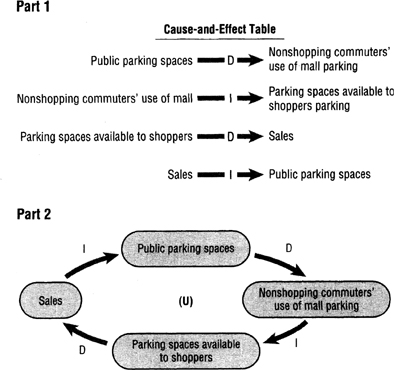
EXERCISE 11

EXERCISE 11

EXERCISE 12
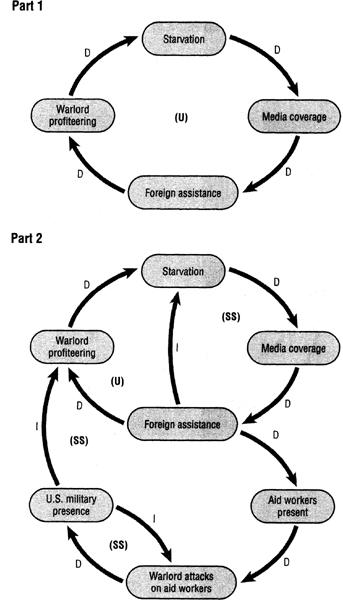
EXERCISE 12

EXERCISE 14
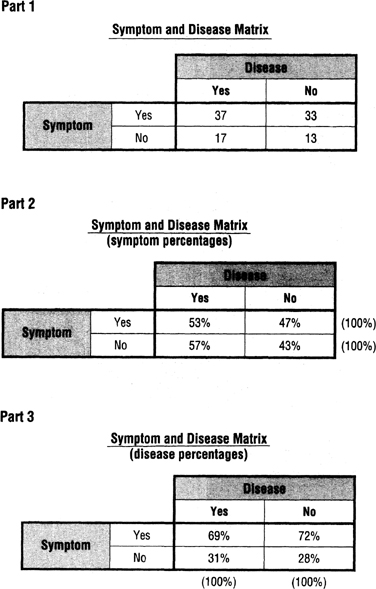
EXERCISE 15

EXERCISE 16
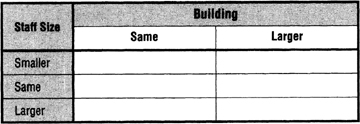
EXERCISE 17

EXERCISE 18

EXERCISE 18

EXERCISE 19

EXERCISE 20

EXERCISE 21

EXERCISE 25

EXERCISE 26

EXERCISE 36

EXERCISE 37
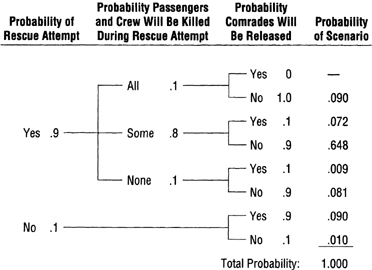
EXERCISE 38
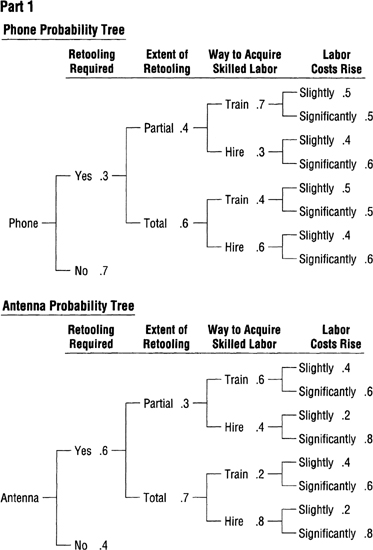
EXERCISE 39
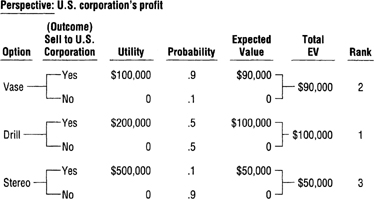
EXERCISE 40

EXERCISE 41

EXERCISE 43

EXERCISE 44
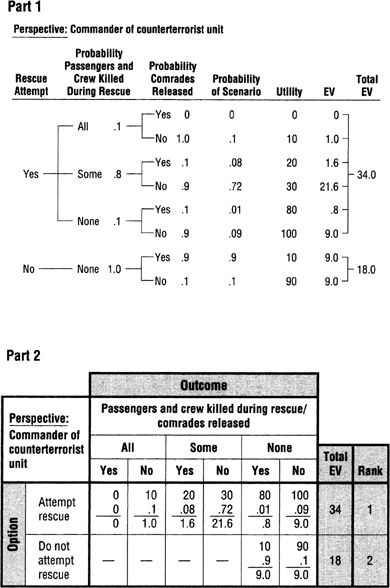
EXERCISE 46

EXERCISE 46

EXERCISE 46
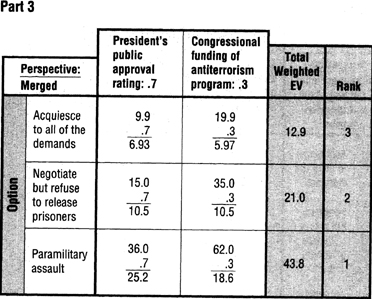
EXERCISE 47

EXERCISE 47

EXERCISE 49

EXERCISE 50

EXERCISE 50

